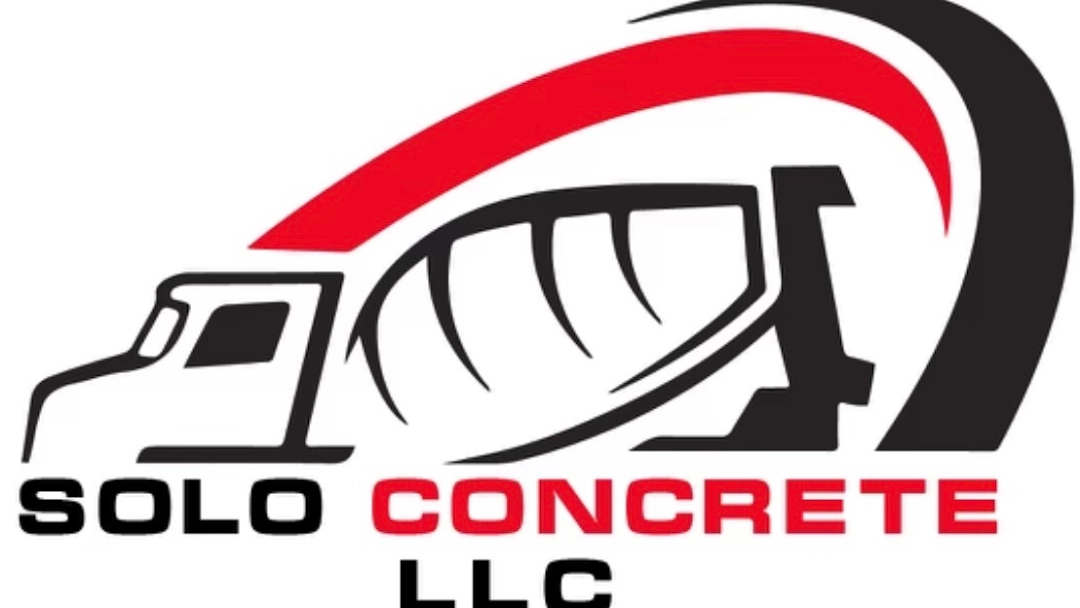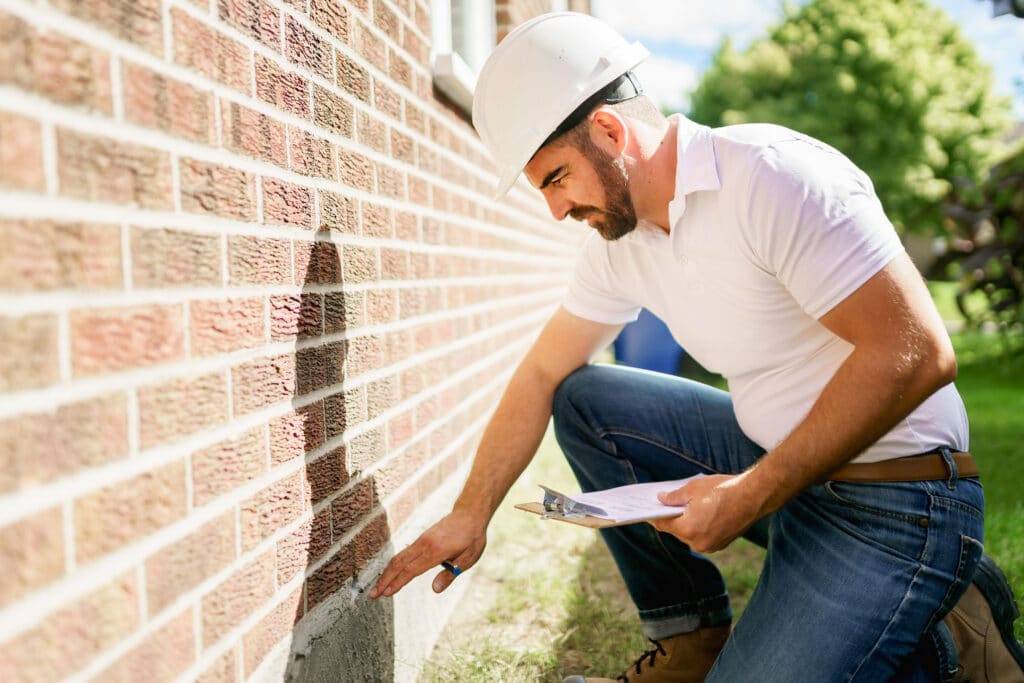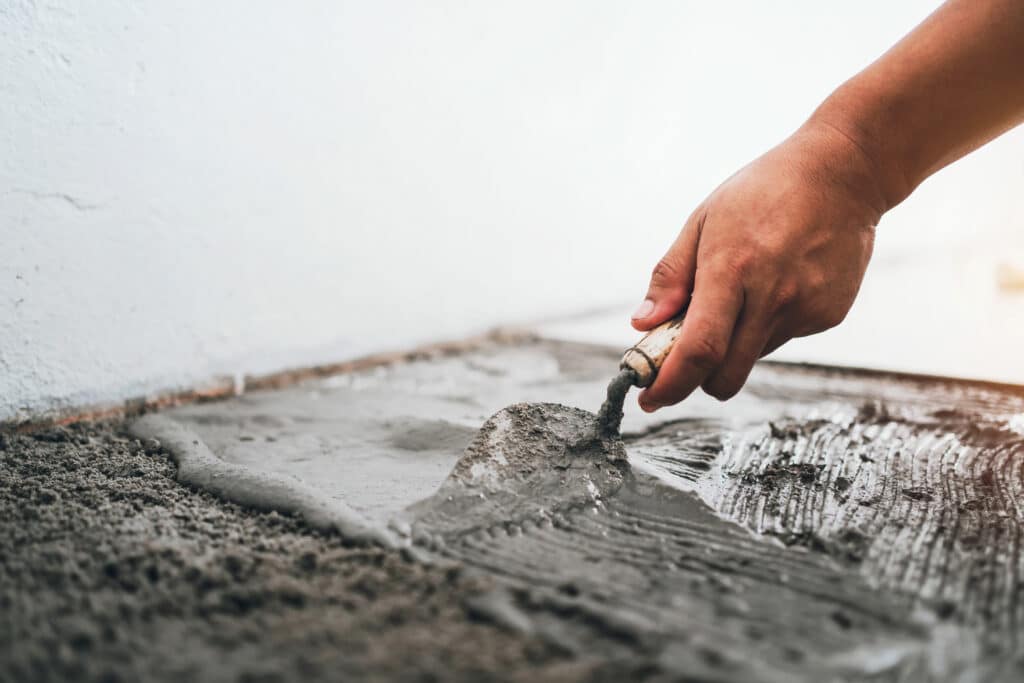Common Causes of Foundation Problems in Stockton
A few factors can lead to foundation issues. Here are the most common ones for Stockton residents:
- Improper modifications: Landscaping or roofing work that wasn't performed properly could result in your foundation settling.
- Standing water: Water accumulation around your home can be menacing to your foundation, especially when it collects in areas your gutter system doesn't reach.
- Aging plumbing: The average Stockton home construction year is 1973. If you live in an older home, it's likely to have cast-iron plumbing. When the pipes start eroding, leakage could reach your foundation and even pool beneath it.
- Drought conditions: Stockton is susceptible to drought. The absence of rainfall and changing humidity levels each season lead to ever-shifting soil. The resulting soil settlement can displace and crack your foundation.
- Tree Roots: Tree roots can enter a home's foundation through crevices, and may apply force that results in your foundation fracturing, pipes rupturing, and overall structural deterioration.
How to Choose the Best Foundation Repair Company
When choosing a foundation contractor, you should consider your personal priorities. Ask each contractor on your list about the following qualities.
Licensing and Experience
The Golden State issues many different kinds of contracting licenses, and foundation companies often have more than one. You can verify a company's licensing information through the Contractors State License Board, a division of the California Department of Consumer Affairs. Look for a company with a General Building Contractor, General Engineering Contractor, C-8 Concrete, or C-61 Pile Driving credential. To further understand your contractor's experience, we recommend asking questions about how its team will draft plans and pull permits, how the company inspects foundations, and what local codes apply to your project.
Contractor websites are some of the best places to do your research. Typically, a business will display how long it's been in the industry. It might also publish articles to assist potential clients.
Customer Reviews
Before choosing a company, examine its online profile with the Better Business Bureau (BBB). You can examine both complaints and positive reviews. Complaints aren't necessarily a red flag in themselves. Instead, discover how a company handles them. If the management team consistently and proactively resolves issues, it's a good sign. However, if the company lacks accreditation, has an abundance of negative feedback, and doesn't communicate properly, you should think twice about working with it.
Finally, we suggest you search different websites, including Trustpilot and Google, for other reviews.
Foundation Repair Cost in Stockton
The cost of foundation repair can vary substantially based on the extent of the problems and what needs to be done to fix them. For minor foundation fracturing and settling problems, you may pay as little as $1,800. However, if there is significant deterioration, the normal cost will be around $2,900. More involved jobs involving digging, helical piers, or major concrete leveling could run you $6,800. This table shows the average foundation repair costs for common issues.
| Common Foundation Repair Services | Average Cost |
|---|---|
| Crack Repair | $341 |
| Leak Repair | $2,724 |
| Stabilization | $4,707 |
| Underpinning | $1,307 |
| Waterproofing | $3,007 |
Ready to Get a Quote on Your Foundation Repair Project?
Please enter a valid 5-digit zip code!
Frequently Asked Questions About Foundation Repair in Stockton
How much does foundation repair cost in Stockton?
When would I need a foundation replacement, and when could I just get a repair?
When do I need to waterproof my foundation?
- Hairline cracks
- Mold and mildew
- Uneven floors
- Flooding
- Plumbing leaks
- Discoloration or odors
Do I need to leave my home for foundation repair work?
To share feedback or ask a question about this article, send a note to our Reviews Team at reviewsteam@thisoldhousereviews.com.
More Foundation Resources
National Foundation Repair Ranking Methodology
Sources
U.S. Census Bureau (American Communities Survey)
















